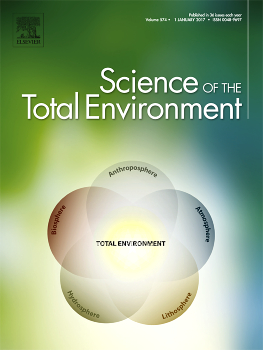Acaba de publicarse en la revista Science of The Total Environment un trabajo en el que se relacionan los factores ambientales y las admisiones hospitalarias en Madrid debidas a la enfermedad de Alzheimer. A continuación, se presenta el resumen del mismo:
Introduction
There are scarce studies of time series that analysed the short-term association between emergency hospital admissions due to Alzheimer’s disease (AD) and environmental factors. The objective is to analyse the effect of heat waves, noise and air pollutants on urgent hospital admissions due to AD in Madrid.
Methods
Longitudinal ecological time series study was performed. The dependent variable was the emergency AD hospital admissions occurred in Madrid during the period 2001–2009. Independent variables were: Daily mean concentrations (μg/m3) of air pollutants (PM2.5 and PM10; O3 and NO2); maximum daily temperature (°C) and daily and night noise levels (dB(A)). Relative Risk (RR) for an increment in interquartile range, and Attributable Risk (AR) values were calculated through GLM with Poisson link.
Results
Our findings indicated that only PM2.5 concentrations at lag 2 with a RR: 1.38 (95% CI: 1.15–1.65); AR 27.5% (95% CI: 13.0–39.4); and heat wave days at lag 3 with a RR: 1.30 (95% CI: 1.12–1.52); AR 23.1% (95% CI: 10.7–34.2) were associated with AD hospital admissions.
Conclusion
A reduction in AD patients’ exposure levels to PM2.5 and special care of such patients during heat wave periods could result in a decrease in both emergency AD admissions and the related health care costs.
Referencia bibliográfica:
Culqui DR, Linares C, Ortiz C, Carmona R, Díaz J (2017) Association between environmental factors and emergency hospital admissions due to Alzheimer’s disease in Madrid. Science of The Total Environment 592:451-457. doi: 10.1016/j.scitotenv.2017.03.089.
